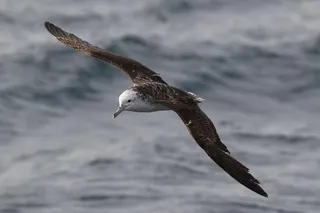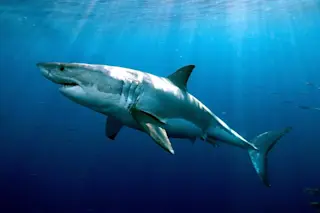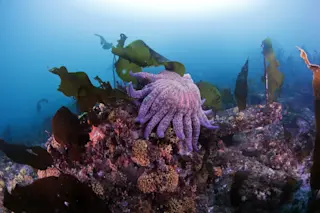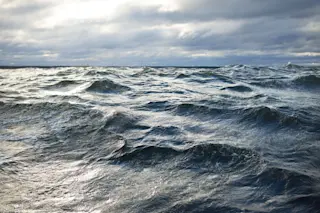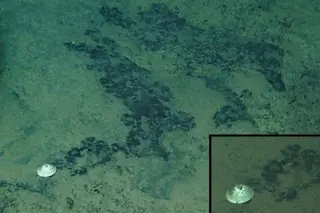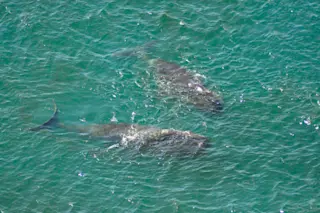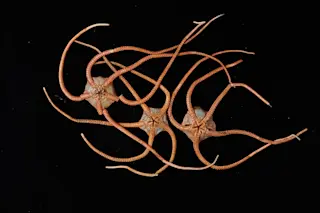Sharks have an undeserved reputation for being bloodthirsty killers that routinely make snacks out of tourists. Although the risk of getting eaten by a shark is extremely small, the same cannot be said for underwater fiber-optic cables that carry data around the world. It seems sharks have a mighty hankering for these vital intercontinental communication links – a penchant which has set Google on a mission to reinforce its trans-Pacific cables by wrapping them in a Kevlar-like material. Google product manager Dan Belcher revealed their shark-proofing efforts at a marketing meeting last week in Boston, Network World
reports.
But why are sharks zeroing in on our global communication networks? Sharks have an uncanny ability to sense electromagnetic fields in the water using tiny detectors in their snouts called ampullae of Lorenzini. The organs, which look like freckles, sense even minute changes to electrical fields in the water, helping sharks find ...







